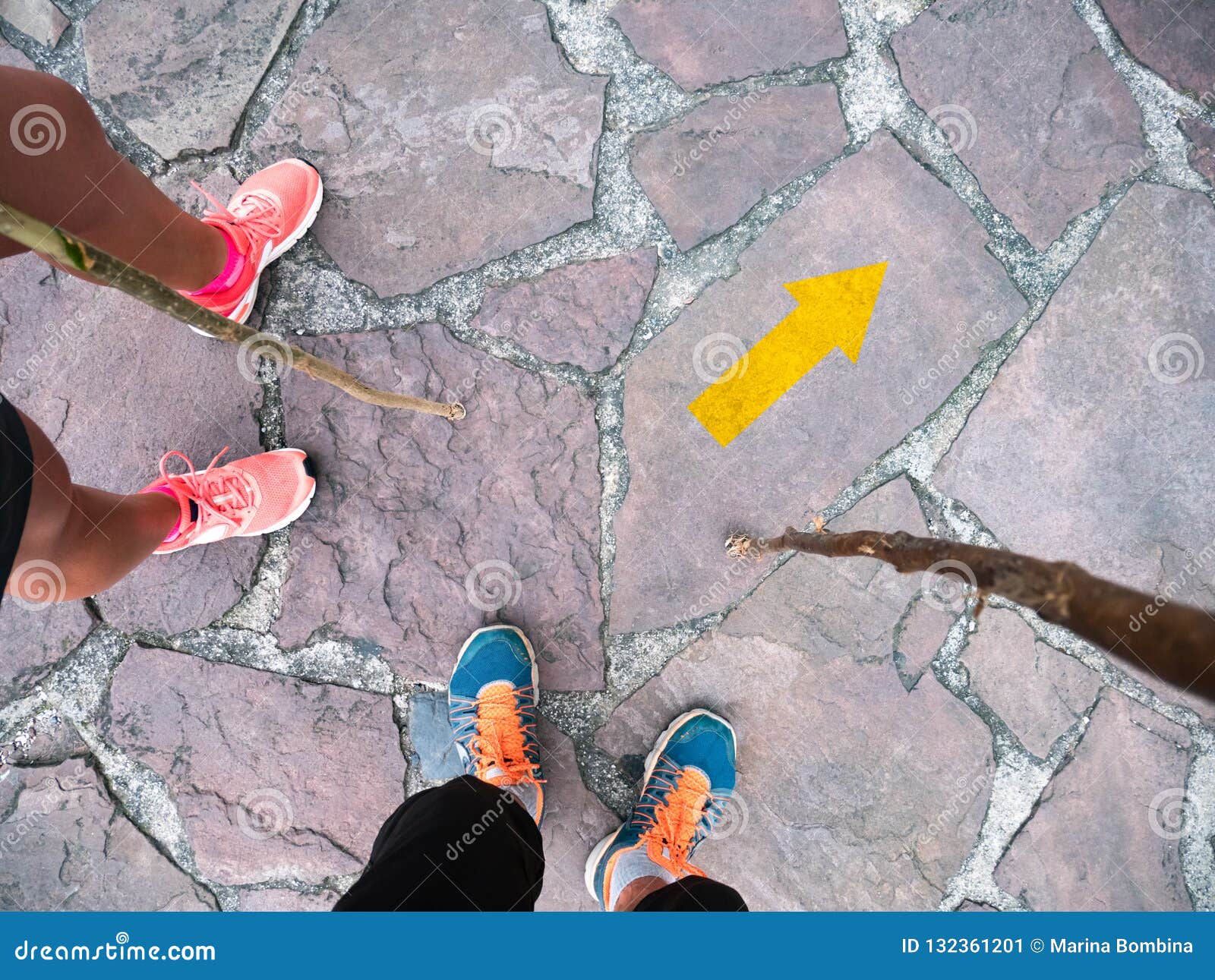The Camino de Santiago, an ancient pilgrimage route that traverses diverse landscapes across Europe, has catalyzed spiritual and cultural exchanges for centuries. With increasing popularity among modern pilgrims, the year 2025 is anticipated to witness a significant surge in foot traffic along its paths. However, the probable rise in participants also necessitates a critical examination of the inherent risks involved in such spiritual journeys, particularly contemplating the alarming possibility of fatalities on the pilgrimage. How do we balance the spiritual allure of the Camino against the tangible dangers it presents?
Mankind’s relentless quest for purpose often translates into physical journeys, with pilgrimages being quintessential expressions of this pursuit. The Camino de Santiago has historically served as a conduit for personal transformation. Yet, despite its spiritual significance, the journey is fraught with risks ranging from environmental hazards to the potential for physical ailments. Each year, a small number of pilgrims succumb to these dangers, prompting essential reflections on the responsible navigation of such endeavors.
The topography along the Camino is as diverse as the motivations that draw pilgrims to its trails. Participants traverse mountains, rolling hills, dense forests, and urban settings, each presenting unique perils. For instance, the steep ascents of the Pyrenees can lead to serious injuries for individuals who may be inadequately prepared or lacking proper equipment. Environmental factors, including sudden weather changes, can be perilous; a serene sunlit morning can quickly deteriorate into a tempest, leaving unprepared travelers susceptible to hypothermia or dehydration.
Additionally, the physical demands of the Camino can take a toll on the body. Overexertion, particularly among individuals who misjudge their fitness levels, can result in exhaustion, heat stroke, or musculoskeletal injuries. The increasing age of participants—many of whom are older adults—heightens these risks, prompting inquiries into the adequacy of preparatory measures. Does the increasing popularity of the pilgrimage inadvertently promote a false sense of security among participants?
Moreover, the psychological aspects of pilgrimage must not be overlooked. The Camino is not merely a test of physical endurance but also an exploration of one’s psyche. The solitude of the journey may induce overwhelming feelings of introspection, which, while often transformative, can also provoke emotional distress or exacerbate pre-existing mental health conditions. This highlights a critical intersection between the spiritual pursuits of pilgrims and the potential for mental health crises. At what point does the clarity gained through contemplation risk isolating an individual to the point of perilous disengagement with their physical surroundings?
Addressing fatalities on the Camino requires an acknowledgment of the cultural relativism inherent in such discussions. Various cultures construct distinct narratives around pilgrimage, viewing it through varied lenses of spirituality, community, and risk. For some, the Camino embodies a rite of passage steeped in tradition and communal experiences, while others may regard it as an individualistic quest for enlightenment. Thus, the interpretation of risks and deaths taken on the pilgrimage can be subjective, deeply rooted in cultural values and beliefs.
The juxtaposition of these differing worldviews raises pivotal questions: How should we approach the narrative of death on the Camino? Is it merely an unfortunate consequence of a spiritual journey, or does it demand deeper scrutiny into the pilgrimage’s nature? If one adopts a perspective rooted in cultural relativism, the pilgrimage could be seen as a metaphor for life itself—an unpredictable journey laden with challenges, where loss and suffering coexist with growth and enlightenment.
In response to the recognized risks, various organizations and local authorities have endeavored to enhance safety measures along the Camino routes. Initiatives include improved signage, emergency services, and access to medical assistance. Nevertheless, these measures often prove insufficient when weighed against the unpredictable variables of nature and individual preparedness. Pilgrims are urged to conduct thorough research and engage in rigorous training before embarking on the Camino. Is this enough, however, to envelop cultural narratives of risk in a fabric of responsibility, or do we inadvertently construct a false sense of situated security that overlooks the complexities of the pilgrimage experience?
Furthermore, the role of community on the Camino merits exploration. Many pilgrims report a profound sense of belonging among fellow travelers. This communal aspect can be critical in mitigating risks, providing not only camaraderie but also emotional support. When communal bonds are formed, the shared journey’s impact can inspire individuals to remain vigilant and attentive to one another’s well-being. Is the community forged along the pilgrimage sufficient to counteract the innate risks of the journey, or do social dynamics add layers of complexity to the personal responsibility one must claim as they trod the ancient paths?
In conclusion, the pilgrims of 2025 will encounter both the enduring allure of the Camino de Santiago and the substantial risks associated with such journeys. The discourse surrounding fatalities on the pilgrimage requires a foundational understanding of diverse cultural perceptions, individual preparedness, and the manifold dimensions of risk. As the number of pilgrims increases, so too does the impetus for a reflective approach—one that honors the historical, cultural, and spiritual tapestry of the Camino a while acknowledging the inherent dangers that such endeavors entail. Ultimately, the path forward must be paved with both reverence and pragmatism, balancing the spiritual quest with the realities of human vulnerability.
